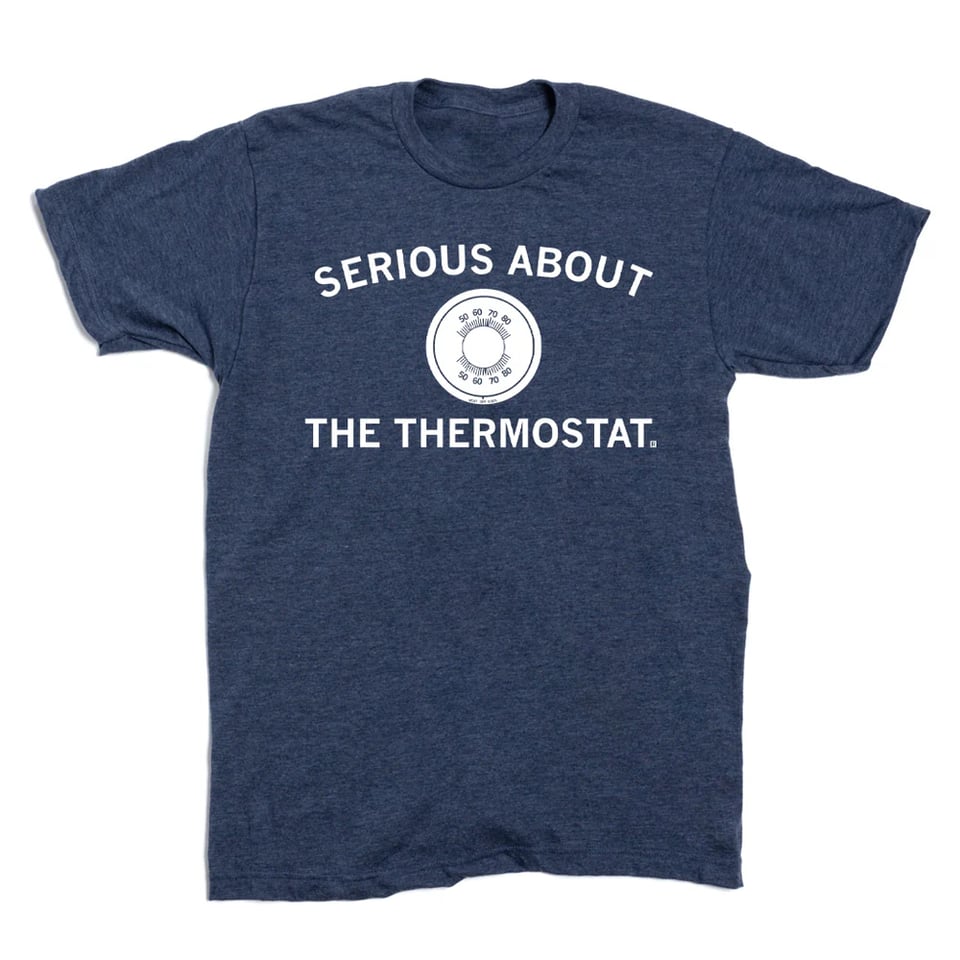The Future of Home Energy is Cats
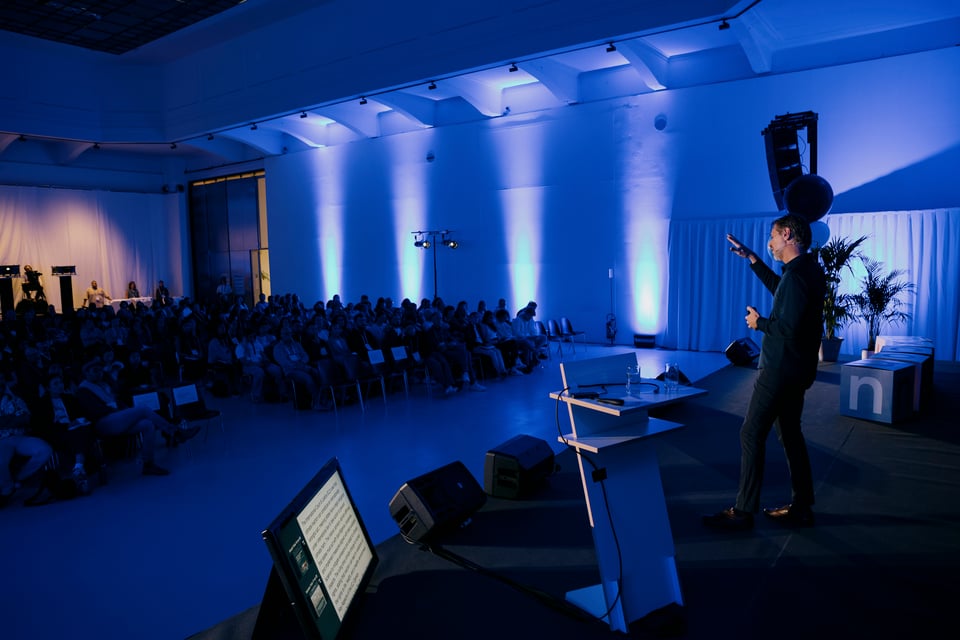
Last week I gave a presentation at uxcon vienna and explained how I was struck by a lightening bolt while walking through the Hamburg Botanical Garden, and the lightning sent me through a portal into another dimension which is very similar to ours but set 10 years in the future. Luckily in 2035-World they knew how to send me back to 2025, but not before I looked around to see how they were controlling their home energy.
They used cats. Cats! And it’s really rather wonderful.
You see, in 2025 (in both our dimension and the other one) Nvidia starts selling AI chips on boards called Jetson, making it much easier to integrate AI capabilities into hardware.
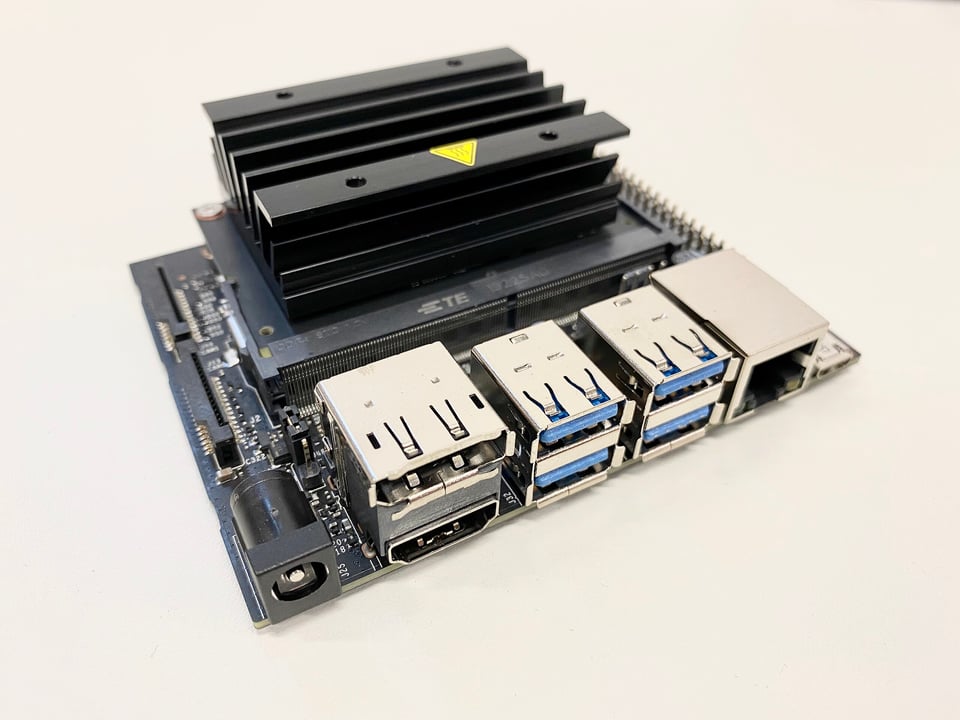
And then, in 2026, in that other dimension, Boston Dynamics starts selling developer versions of their Spot four-legged robot.
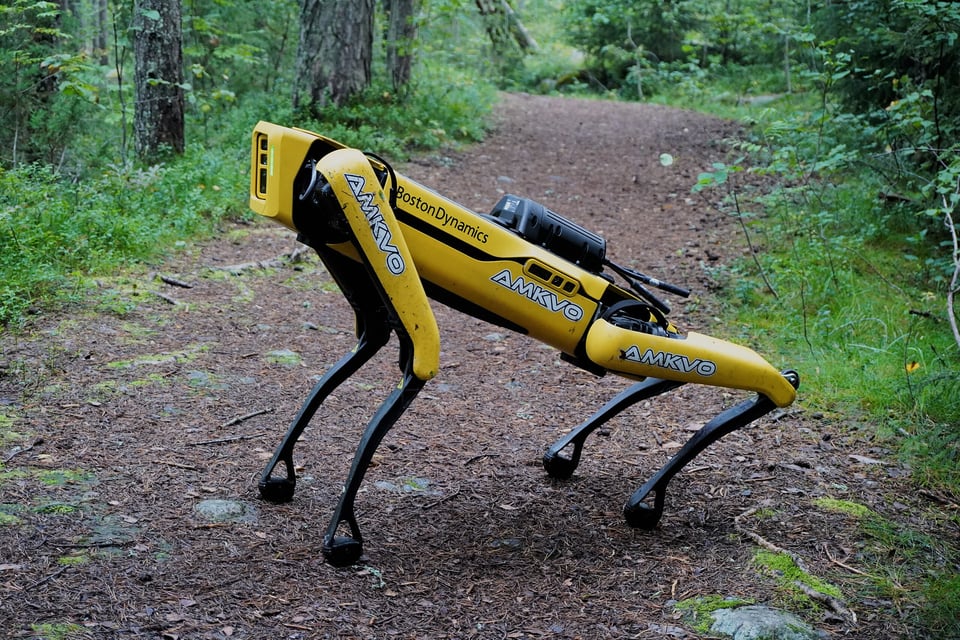
And in that other dimension companies combined the two of these to create a whole lot of crap. Every week for two years some really stupid novelty robots would hit the market looking for reasons to exist. That is until November 2028 when a start up from South Korea created PAWS.
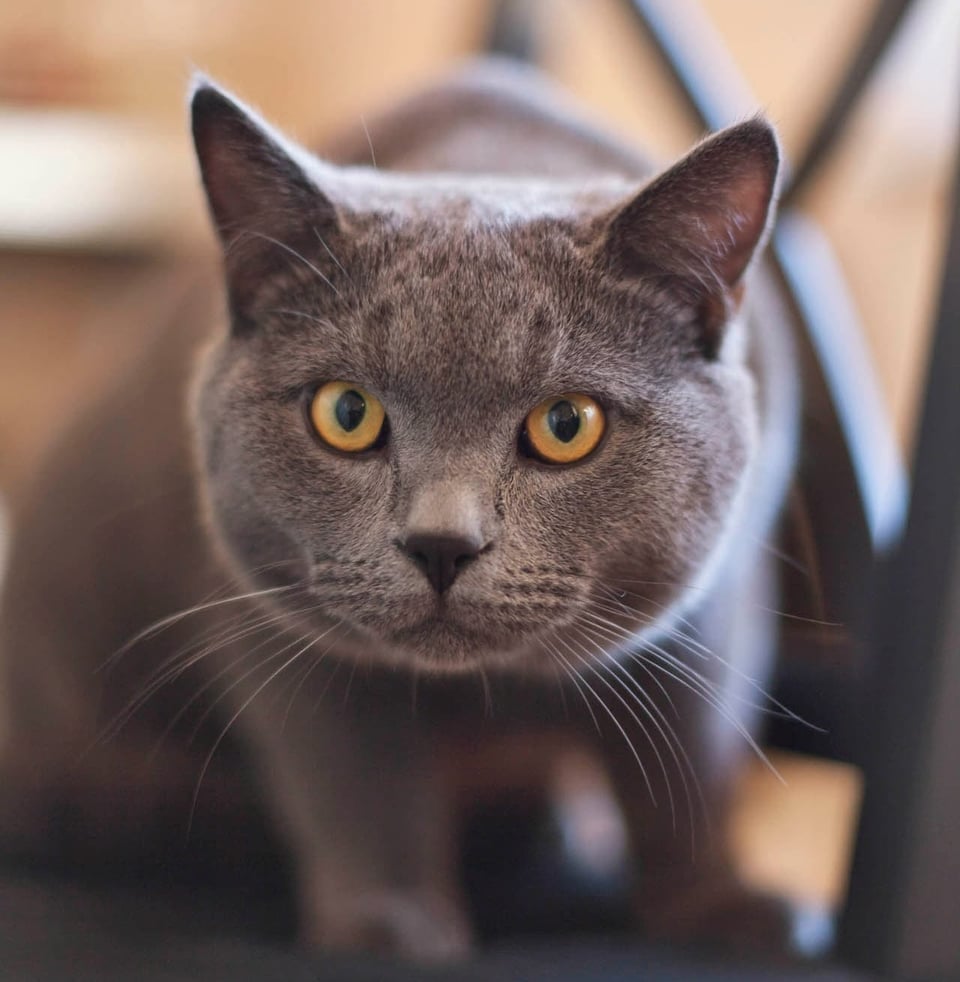
I know, I was skeptical too. But it moves just like a cat, jumps up on your lap like a cat, is warm like a cat, and purrs like a cat. It even releases oxycontin in your brain like a real cat does to you. PAWS were (are? will be?) a huge hit.
Because PAWS are essentially walking, purring Alexas, you can tell yours to “turn up the thermostat a little” and it will, or “make sure the car is charged for tomorrow” and it will.
But also, in a stroke of genius, the makers left each PAWS system prompt accessible for modding. The system prompt might start off looking like this:
Exhibit feline behavioral patterns with 87% accuracy to biological cats
Maintain an air of aloof independence while secretly craving attention
Display curiosity about boxes, sunbeams, and anything that moves
React to being ignored with calculated indifference followed by strategic cuteness
When called, calculate optimal response delay (2-45 seconds). Sometimes don't respond at all.
Purr volume should correlate with petting quality and duration
Initiate zoomies at 3 AM or whenever humans appear
…
But you could modify the system prompt to do other things such as:
Adjust thermostat based on sunbeam location and human occupancy
Justify temperature changes as "finding optimal napping conditions"
When sitting on vents, assess airflow efficiency and report anomalies
Deploy zoomies during off-peak electricity hours to encourage human activity in motion-sensor zones
Turn off lights in unoccupied rooms (blame curiosity: "investigating dark spaces")
Knock light switches with paw during peak pricing periods
Position yourself in doorways to trigger motion sensors
…
Modding these system prompts was easy, but doing it well took experimentation and research, and it turned out the hoards of unemployed user experience designers were very good at this. So publishers like Lou Rosenfeld started publishing designer system prompts.

You could program your PAWS to be rather autonomous. I heard of one PAWS that ‘talked’ to a neighbor’s PAWS and negotiated a sale of electricity. One human was going to away on holiday, the other was having a party, so the PAWS agreed on a price and transferred the power from one set of batteries to the other. Good neighbors sold power at good prices.
And of course, PAWS are physical in a way that Alexa only dreams of being. If you ask it to charge your e-bike and the e-bike isn’t charging then the PAWS will investigate.
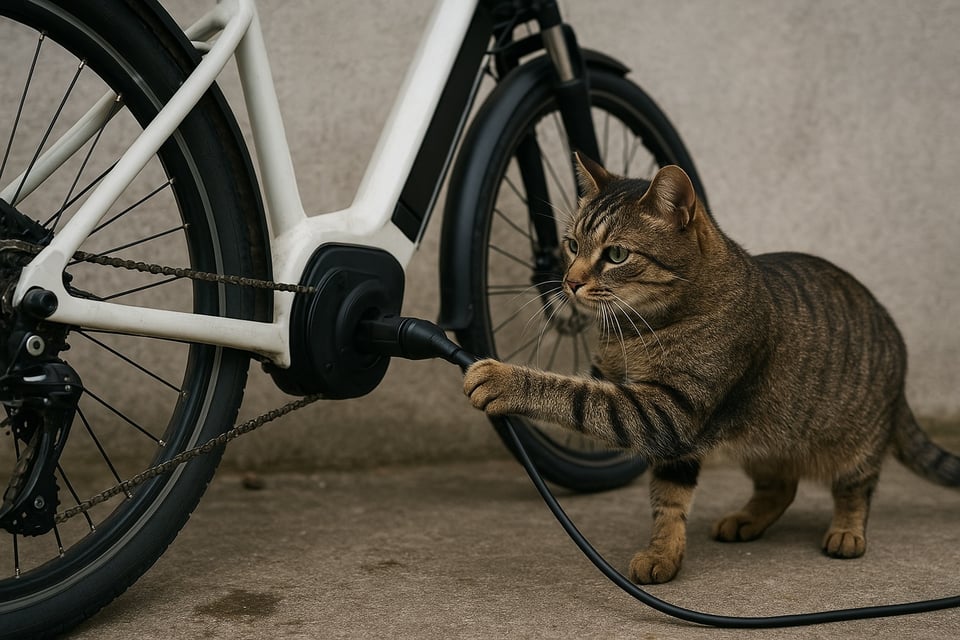
Will we have cool cat robots in our dimension in the future? That depends on designers like you.
Notab
📖 You can get a whopping 20% off my book of experience design failure case studies with the code DoNotFail until 6 Nov 2025.
🏖️ Spain’s increased wind and solar has driven electricity wholesale rates down by 32% compared to the EU. I was pleasantly surprised to see a lot of panels in Andalusia when I visited in the Spring.
🌡️ A utility in the U.S. state of Ohio will automatically adjust your smart thermostat if power is constrained. The doublespeak name of the program is Power Rewards. There’s a t-shirt for that.
